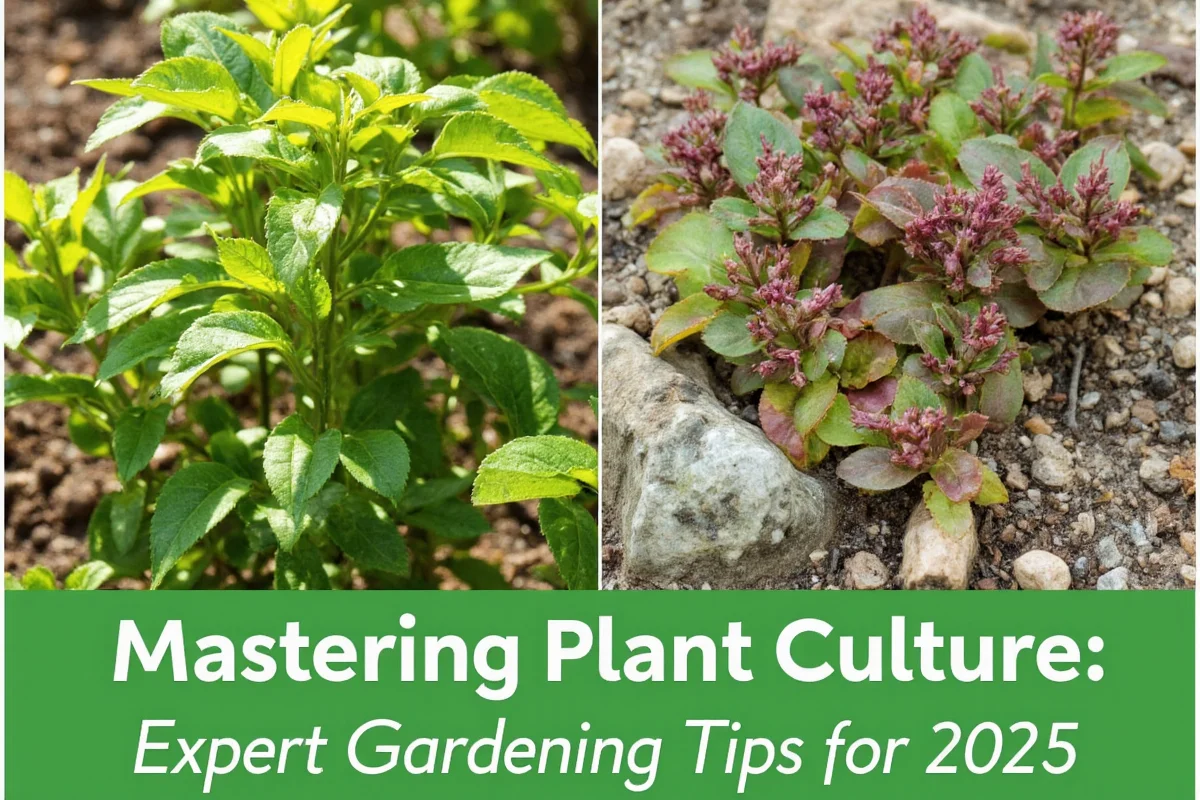Succulents and cacti are popular choices for plant enthusiasts due to their unique shapes and minimal maintenance needs. However, some of these striking plants can pose a threat to pets. Knowing which succulents and cacti are toxic is crucial for pet owners. This article will help you identify these plants, understand the symptoms of poisoning, and learn preventive measures to keep your furry friends safe.
Understanding Toxicity in Succulents and Cacti
Succulents and cacti have various compounds that can be dangerous when ingested by pets. Some contain saponins, which irritate the digestive tract, while others feature calcium oxalates, causing severe reactions. Here are some plants that pose a risk:- Aloe Vera - Contains anthraquinones leading to vomiting.
- Euphorbia species - Produces a milky substance causing irritation.
- Pencil Cactus - Sap can cause burns and swelling.
- Kalanchoe - Compounds in it can lead to heart issues.
Recognizing Symptoms of Poisoning in Pets
Pets, particularly cats and dogs, may exhibit various symptoms if they ingest or come into contact with toxic succulents and cacti. Common signs include:- Excessive drooling
- Nausea or vomiting
- Diarrhea
- Weakness or lethargy
- Tremors or seizures
Immediate Actions When Poisoning is Suspected
Quick response is key when dealing with potential plant poisoning. Here's what you can do:- Remove Plant Access: If caught in time, get the plant away from your pet.
- Rinse Off Residue: If contact has been made with sap, rinse with water.
- Seek Veterinary Assistance: Contact your vet for guidance.
- Record Symptoms: Take note of what you've observed for medical professionals.
- Confine in Safe Space: Keep your pet confined in a space free of toxic plants.
Preventive Measures to Protect Pets
Being proactive will help protect your pets from succulents and cacti toxicity. Consider these preventive tips:- Choose Non-toxic Varieties: Research before buying plants.
- Elevation of Plants: Place plants out of reach of curious pets.
- Pet-safe Areas: Design pet-friendly zones without hazardous plants.
- Gaming Education: Train pets to avoid indoor plants.
- Observation: Regularly monitor pet and plant interactions.
Compilation of Toxic and Non-Toxic Succulent Varieties
Below is a table contrasting common toxic and non-toxic succulents:| Toxic Succulents and Cacti | Non-Toxic Succulents |
|---|---|
| Aloe Vera | Haworthia |
| Euphorbia species | Zebra Cactus |
| Pencil Cactus | Burro's Tail |
| Kalanchoe | Sempervivum |
| Jade Plant | Graptopetalum |
Understanding and managing the potential risks of succulents and cacti can help ensure your furry friends remain safe while you enjoy the beauty these plants provide. Armed with knowledge, you can make informed choices about which plants to keep, guaranteeing a harmonious balance between your desire for greenery and your pet’s health.











 浙公网安备
33010002000092号
浙公网安备
33010002000092号 浙B2-20120091-4
浙B2-20120091-4